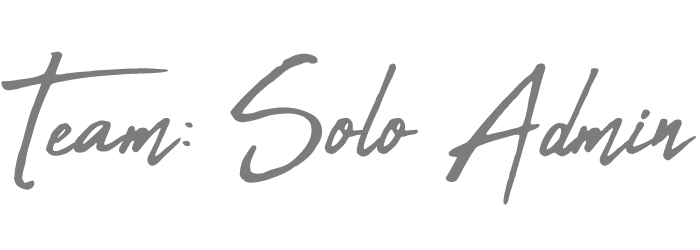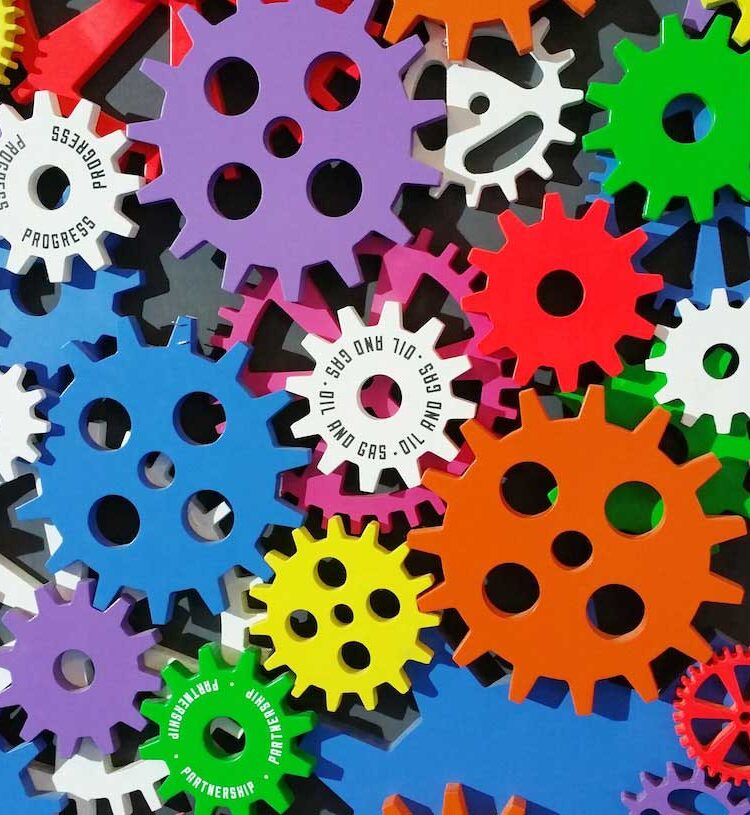Most people only see the surface of what goes on in an office. They see co-workers typing away at their computers, walking to meetings, and perhaps getting coffee from the break room. But there’s so much more happening behind the scenes to make sure that everything runs smoothly! In this blog post, we’ll take a look at some of the administrative functions of an office that keep things running like a well-oiled machine.
Administrative Functions of an Office: General
We can broadly divide the administrative functions of an office into two categories: administrative functions and support functions. Administrative functions are those activities that help to ensure the smooth running of the office, such as keeping records, preparing reports, meeting and event organization, and handling correspondence. Support functions provide practical help to office staff and colleagues, such as troubleshooting office equipment, assisting with software issues, ordering supplies, and arranging for repairs.
Both types of functions are essential to the efficient operation of an office. However, the focus of this blog post will be on the administrative functions of an office.
Maintaining Files and Documentation
One of the most important administrative functions in any office is maintaining accurate files and documentation. This includes everything from keeping track of employees’ performance reviews to ensuring that client contracts are up to date. This can be a lot of work, but it’s crucial to keep the business running smoothly.
Creating a system to help you stay organized is key to success in this area. Whether you use a physical filing system or an electronic one, make sure that everyone in the office knows where things are and how to access them. It’s also important to keep track of who has access to what files, as some information may be confidential.
Scheduling and Calendar Management
Another important function is keeping track of everyone’s schedule and ensuring that meetings, deadlines, and other important events are all properly organized. This can be a daunting task, especially in larger offices with many employees. However, it’s essential for maintaining productivity and avoiding overlap or confusion.
There are many software tools that can help with this, but it’s also important to have a physical calendar or whiteboard where everyone can see what’s happening. This way, there are no surprises, and everyone is always on the same page.
As you know, I use Trello as my assistant, but there are many other tools to help you with this as well. Google Calendar is another great option that’s free and easy to use.
What do you use to keep your office organized? Let me know in the comments below!
Communication and Customer Service
In many offices, communication with clients or customers is one of the most important responsibilities. This can include everything from answering phone calls and emails to responding to customer complaints or concerns. It’s important to be professional and courteous at all times, even when dealing with difficult customers.
There are a few key things to keep in mind when handling customer service in an office:
– Always be polite and respectful, even if the customer is not.
– Try to resolve the issue as quickly as possible.
– If you can’t resolve the issue, escalate it to someone who can.
– Thank the customer
As an administrative support professional, I think of my colleagues as my clients. I take care of their needs so they can focus on their area of expertise.
Ordering Supplies
Running out of supplies is one of the quickest ways to bring office productivity to a grinding halt. To avoid this situation, admins might keep a close eye on inventory levels and place orders when needed. This involves working with vendors, comparing prices and ensuring that the quality of products is up to par.
Developing good relationships with vendors can save the company money and make the ordering process run more smoothly.
Managing Email / Gate Keeper
For most of us, managing email is a necessary evil. But it doesn’t have to be so bad!
There are now several tools that can help automate the process of sorting and responding to email. However, while managing the never-ending wave of email is important, the bigger role is being an email gatekeeper.
The email gatekeeper helps to keep act as a buffer or safeguard to your other coworkers or boss. If your manager, colleague, or affiliate doesn’t want to their email publicly available, your email would be the best alternative.
As an assistant, other departments or clients might reach out to you to get a faster response from your manager or colleague. If you are the email gatekeeper, you would be the one to decide whether to respond on their behalf or to forward the email.
Functions of an Office: Conclusion
These are just a few of the many administrative functions that keep an office running smoothly. You keep everything chugging along, and make sure that everyone has what they need to do their job.
While your work may seem simple, it’s often hard to keep track of all the different things you have to do. But don’t worry, we’ve got your back! That’s right, there are endless administrative functions of an office and we’ve only just scratched the surface!
What other main functions do you do? Leave a comment below! I’d love to hear from you and continue this conversation. In the meantime, thanks for reading and happy administrating!
Feature Photo by Digital Buggu


